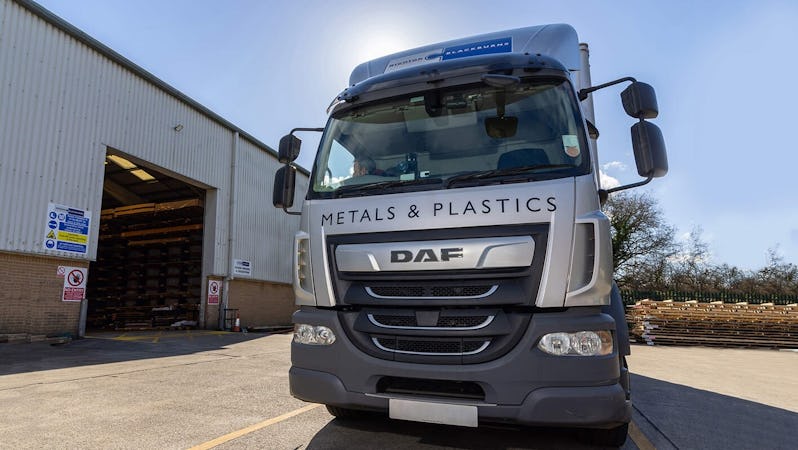Mill Finishes
The majority of mill finishes have a dull or matt finish which is not suitable as a decorative finish for most products or applications. They are suitable, however, where appearance is not important or where further finishing is to take place.
Stainless steel is polished by mills in a range of forms, e.g. sheet, plate, bar & tube, but all finishes may not be available on all forms. It is important, therefore, to check that the finish is available in the form required.
1D / 1E – Hot Rolled Plate
Hot rolled, softened (annealed) with the surface de- scaled. The surface remains rough and heavily pitted and subsequent finishing is limited to heavy grinding. It can be used where uniformity and smoothness of finish are not important and where a heavy ground surface is acceptable.
Typical uses include gas turbine parts, incinerators, kiln liners and oil burner parts.
2D
This material is cold rolled followed by softening and de-scaling. The effect of cold rolling the material is to produce a smoother, less pitted surface. The surface is not only smooth but of matt grain appearance. Used where a better surface is required or subsequent processing/ finishing is necessary.
Typical uses include car exhaust systems, furnace parts, builders’ hardware and petrochemical equipment.
2B
The material is cold rolled, softened and de-scaled as in the case of the 2D finish and then receives a final light pass on polished rolls called a ‘skin pass’ or
‘pinch pass’. The material remains grey in appearance but the effect of this final pass on polished rolls is to produce a smoother, brighter surface than the 2D finish. This is the general purpose, cold rolled finish and it is suitable for a wide range of applications where stainless steel is specified. It is also suitable for a wide range of subsequent polishing processes such as satin finishing.
Typical uses for a standard 2B finish include non- decorative or functional sheet metal products, industrial refrigeration equipment, chemical plant and plumbing fixtures.
2R (Bright Annealed)
This finish is also produced by cold rolling and de- scaling but in this case the final annealing is done in a controlled atmosphere furnace. The effect of annealing without the presence of oxygen is to produce a reflective surface on the stainless steel and it is often used in preference to a 2B finish where reflectivity is important, such as catering equipment. The very smooth surface also makes this surface highly suitable for further finishing processes such as mirror polishing and chrome plating.
Typical uses include architectural components, food processing equipment, chute liners, general hardware and catering equipment.
Problems can occur in use since the very smooth, highly reflective surface is prone to scratching. Also different batches can be markedly different in appearance.





